Welcome to Hari-Parbat
Explore. Experience. Evolve. Your journey begins with us




Explore. Experience. Evolve. Your journey begins with us




Hari Parbat: The Crown Jewel of Srinagar
Overview
Hari Parbat, also known as Koh-e-Maran, is a historic hill overlooking the city of Srinagar in Jammu and Kashmir, India. It is famous for its fort, religious shrines, and breathtaking views of Dal Lake, the Zabarwan Range, and the cityscape. The site holds immense cultural, religious, and strategic significance, making it a must-visit destination for tourists and pilgrims alike.
Geography
Hari Parbat is a prominent hill located west of Dal Lake in Srinagar. The Jhelum River flows nearby, enhancing the beauty of the region. The fort on top of the hill stands at an elevation of about 1,524 meters (5,000 feet) above sea level, offering panoramic views of the surrounding valley and mountains.
Historical and Religious Sites
Natural Beauty and Views
Hari Parbat is surrounded by lush gardens, dense forests, and picturesque landscapes. From the top, visitors can enjoy:
Visitors can stay in houseboats on Dal Lake, heritage hotels, or modern resorts in Srinagar. Popular options include:
Hari Parbat is not just a tourist spot but a symbol of Kashmir’s rich history, spirituality, and scenic beauty. Whether you’re a history buff, a nature lover, or a pilgrim, a visit to Hari Parbat offers a unique experience that captures the essence of Srinagar’s past and present.
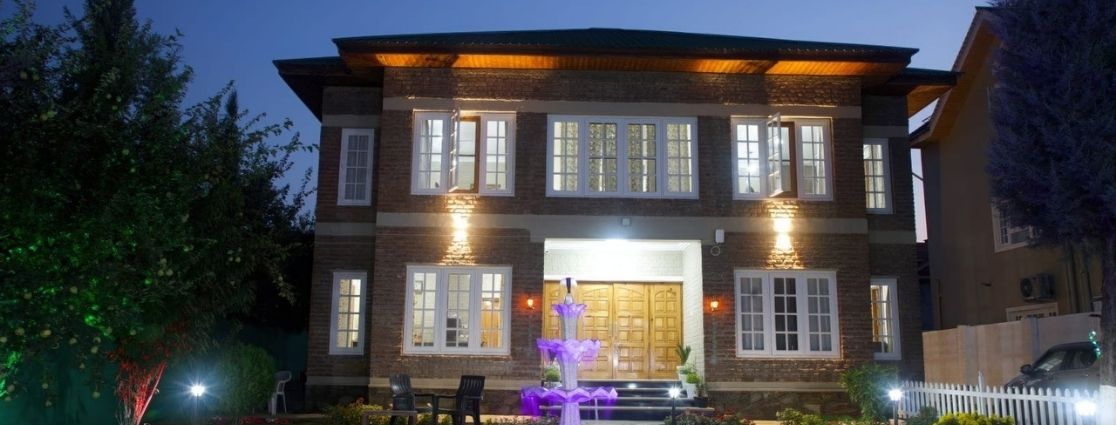
Airport Rd, Sir Syed Avenue, Rawalpora
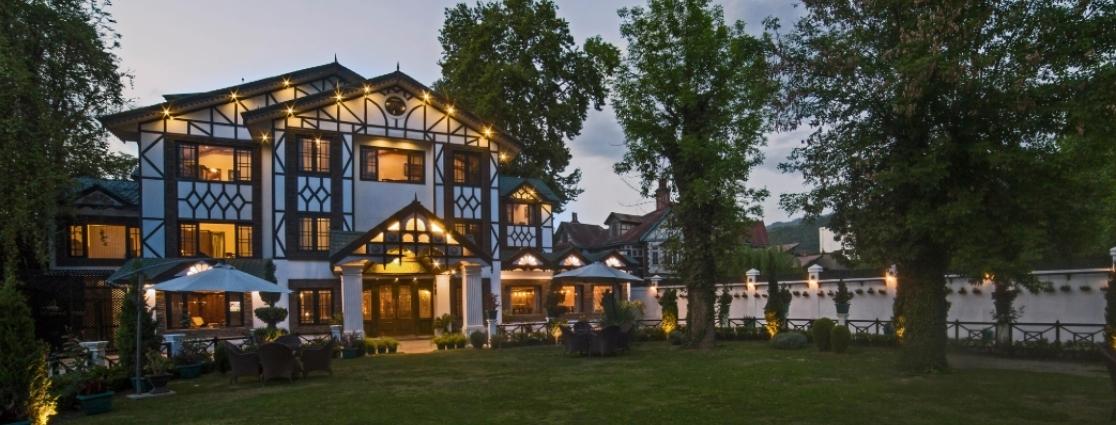
193, Ram Munshi Bagh, BB Cantt, Shiv Pora

Circuit Road, Ganishbal, Pahalgam, Jammu and Kashmir
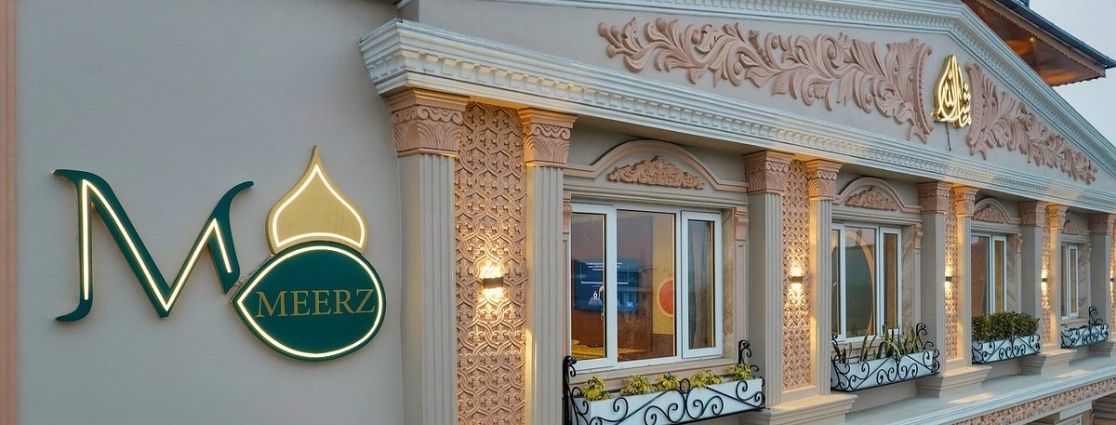
Dalgate Bridge, Bishember Nagar Khayam Chowk

Circuit Road, Pahalgam
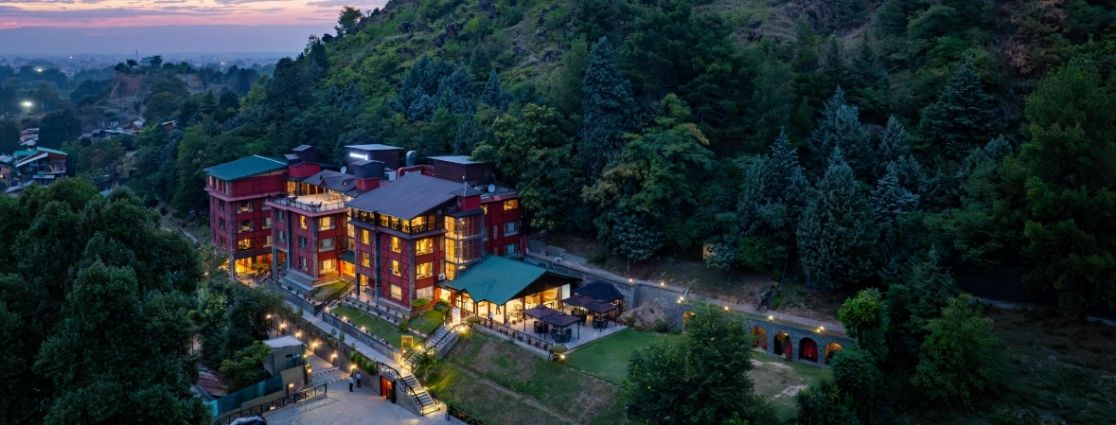
Sonwar Bagh
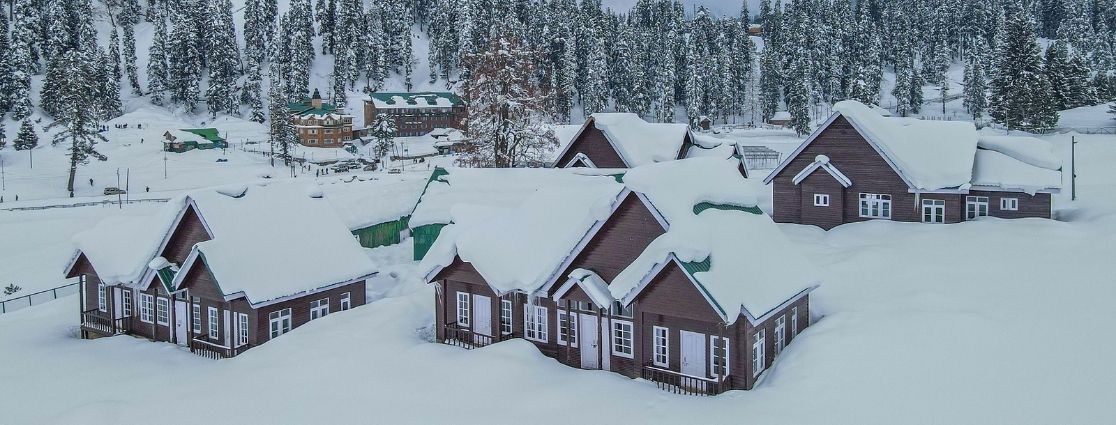
Near Main Gulmarg Market

Rajbagh
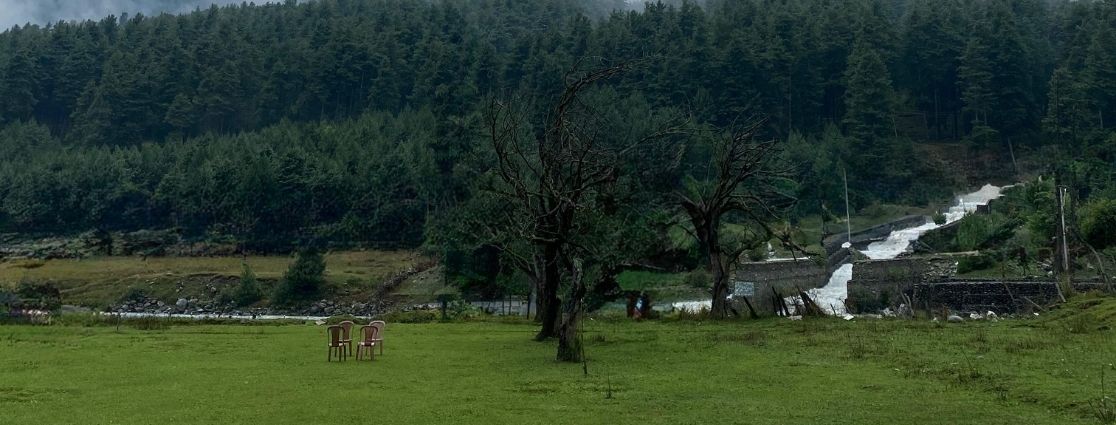
KP Road, 192126 Pahalgam
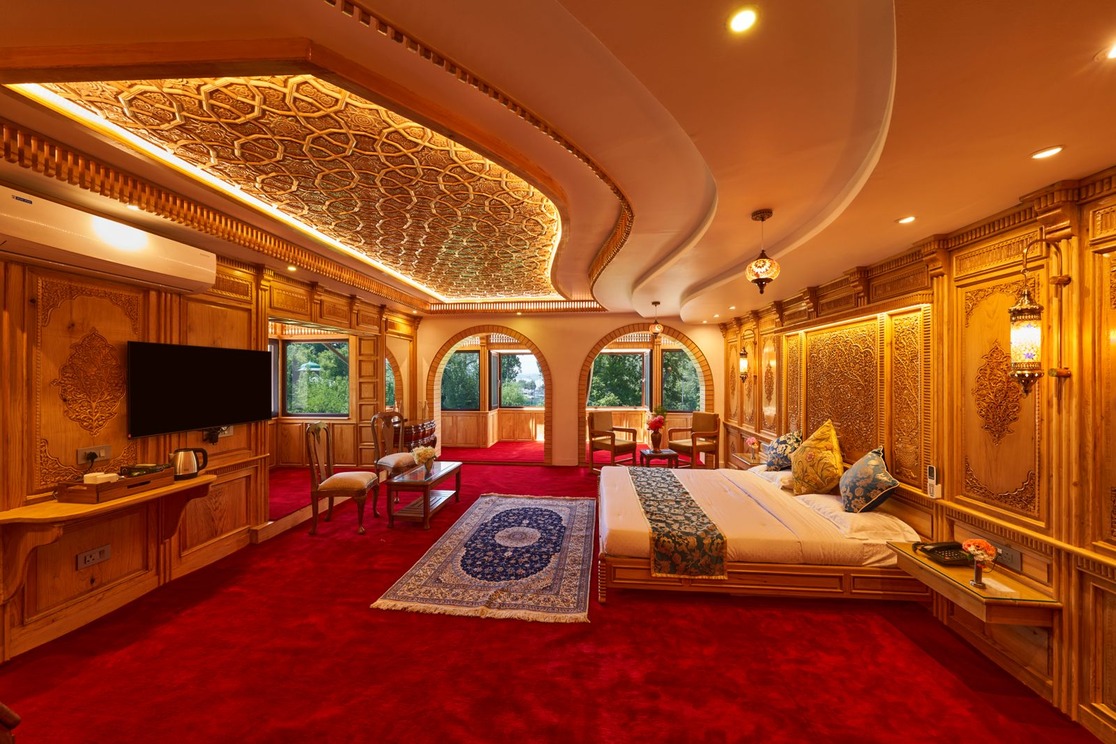
1, Gupt Ganga - Ishber Rd, Nishat, Srinagar, Jammu and Kashmir 191121